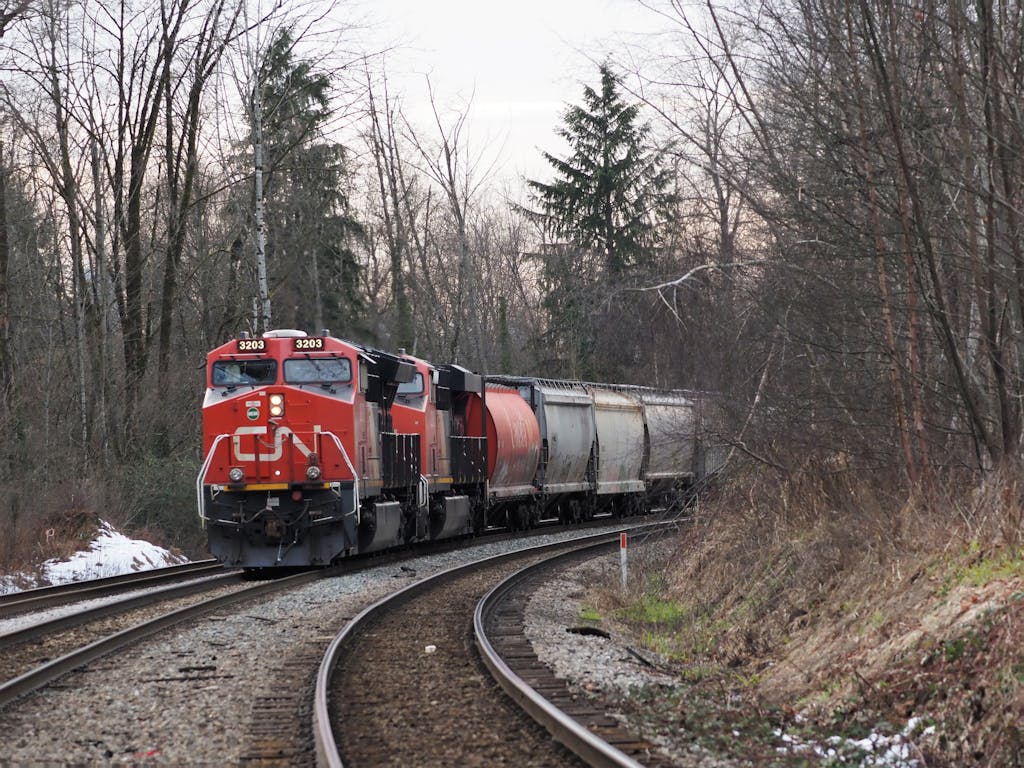While there have been ups and downs, the past 15 years have seen record profitability in the grain sector. Along with that has come rapid land price increases and much larger farms. It’s interesting how the quest for profitability has switched to doing the grain business better rather than finding profitable alternatives.
Diversification used to be the buzzword over the many years when it was very difficult to keep grain farms financially viable. It’s amazing how few of those diversification options have stood the test of time.
Ostrich farming came and went in a relatively short period of time. Even national television news covered the appearance of ostriches at Canadian Western Agribition back in the late 80s. While people were jumping into ostrich production, breeding stock prices remained high. When end use markets for ostrich meat and products failed to materialize, you could hardly give breeding stock away. I’m not aware of any remaining ostrich production in Western Canada.
Wild boars seemed to have a market niche, but any perceived profitability quickly waned. The end result is an escaped / released wild boar population that’s going to be a continuing fight to control.
The elk industry is a sad story because markets existed for the antler velvet, the meat and the use of animals for trophy ranches. Once quite common, elk ranches are now extremely rare. The industry has never overcome chronic wasting disease and all the regulatory restrictions for trying to control the spread.
Breeding stock and fences were major investments that failed to provide a return. People poured their heart and soul into the business only to face insurmountable problems.
Bison is one of the few diversification options to endure, but it hasn’t been any get rich quick venture. Bison numbers aren’t seeing much growth, but at least viable producers with end use markets are established.
My sister and brother-in-law raised chinchillas for many years. At the beginning, the price of the top pelts was very attractive. Over time, the entire fur market softened. One by one, chinchilla operations faded away.
Meat goats for the ethnic market have been promoted. Canada doesn’t raise enough sheep to even serve the domestic market for lamb. While some producers do well in these businesses, they take a lot of labour compared to grain farming.
These days, producers in the grain business tend to look for ways to make their existing enterprise more profitable. Expansion of the land base through purchase and renting remains the prime strategy.
Along with that comes the investment in new and improved equipment. High clearance self-propelled sprayers took over from the pull types years ago. Efficiency and capacity are the driving forces.
Sprayer technology is advancing rapidly with more producers adopting green on brown systems to spray only the weeds thereby saving costs. Green on green technology continues to develop providing the ability for a sprayer to differentiate between the crop and the weeds.
The main change in the crop mix over the past decade has been the establishment of soybeans in Manitoba. The predicted expansion of soybeans over a much wider footprint in Western Canada hasn’t occurred. Neither has any big expansion of grain corn.
Crop varieties continue to improve, but a surprising number of producers stick with older varieties. Pod shatter resistant canola has dramatically reduced the number of producers using a swather.
Some producers are well down the path of variable rate for fertilizer and crop protection products as a way to optimize inputs. There’s more soil testing and more attention to micronutrients.
Unfortunately, the array of unproven “biological” products is a crap shoot on whether there’s actually a return on investment.
There are still many producers with off-farm jobs as well as side-line businesses and those funds are often used to advance the farming operation. However, the allure of exotic diversification has faded away. There’s more profit potential with intensification of the grain farm.



